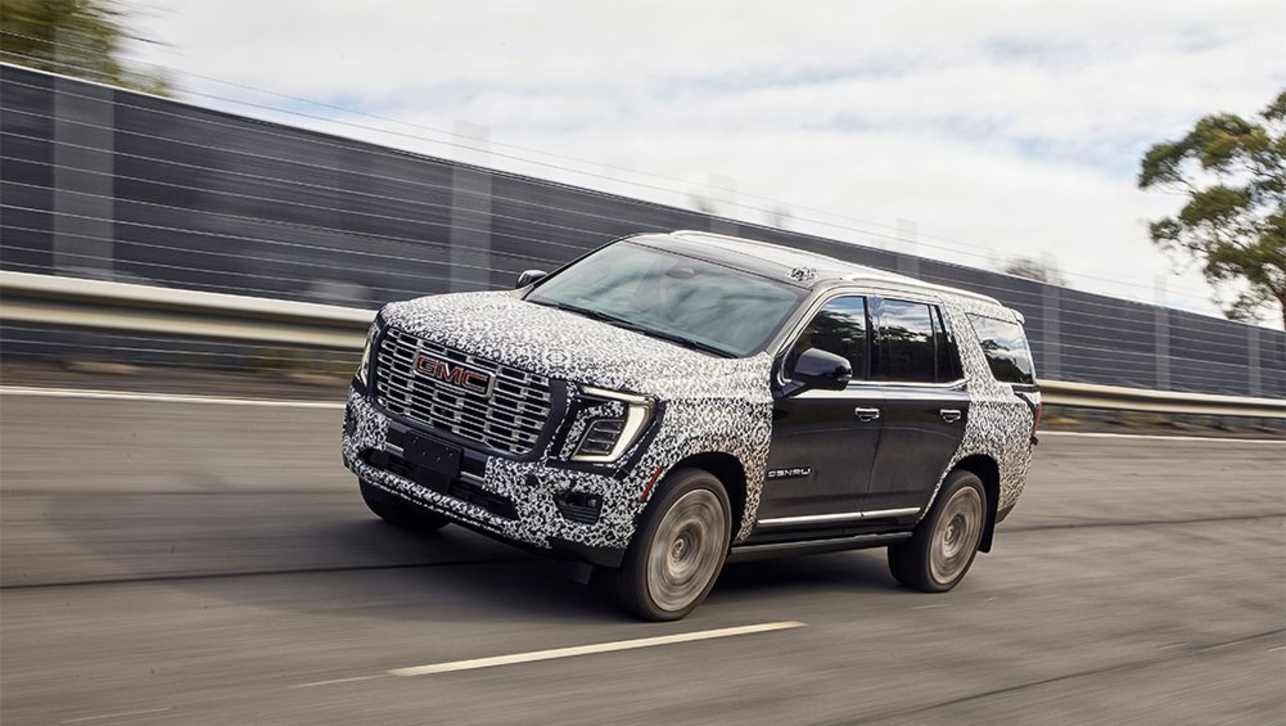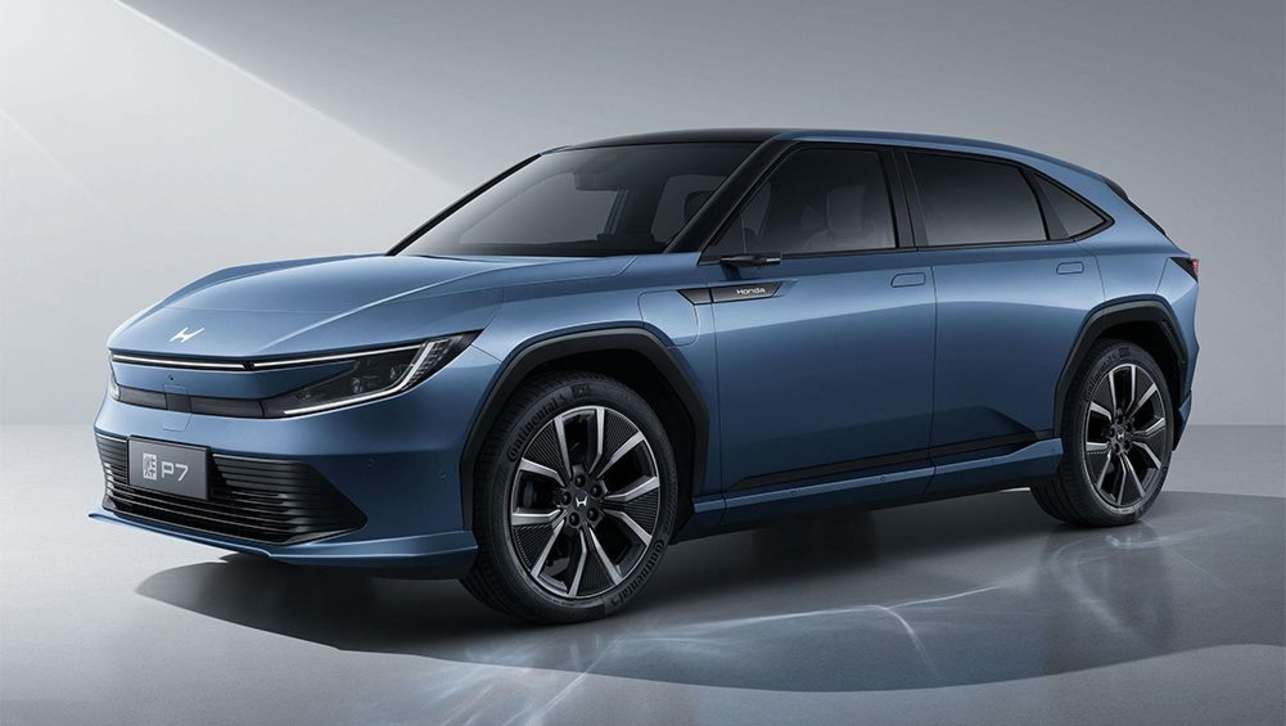This year's Tokyo motor show included some real gems but nothing that comes close to Nissan's IDx concepts. The IDx Nismo and IDx Freeflow get our award for the most magnetic exhibit at the 43rd annual show, a pair of cars that drew people like bees to honey -- proof positive that the design experiment was worthwhile.
We watched as people stopped and looked and wondered, as their eyes travelled over the enticing, almost retro lines of the cars with roots in the muscle car phenomenon as well as links to some classics from Nissan's glory box like the esteemed Datsun 1600.
Perhaps it's because these particular cars weren't just the work of designers, but were produced with input from the public, especially young people with whom the company is trying to reconnect - the Gen Ys or digital natives or whatever the bloody hell you call them.
It's a brave step and one that might just pay off, if Nissan has the fortitude to build the cars and the natives come running to buy them - build it and they will come we can hear Kevin Costner saying. You see the data shows that young people are more interested in internet access than they are in getting their licence and buying a car like mum and dad these days - once regarded as a rite of passage. From the point of view of the car makers, it's a disaster waiting to happen.
But Nissan at least has decided to try something different, or we might suggest to get back to basics and build the kind of cars that people aspire to buy - good looking things that fill an emotional need not just a practical one. The IDx Nismo and Freeflow, are two models cast from the same mold, designed to meet the needs of younger customers in a process that Nissan describes as co-creation - in effect cars designed by young people for young people.
The name IDx is taken from the acronym for "identification" while the "x" part represents new values and dreams born through communication. Nissan says engaging with members of the digital generation in the design process created an opportunity to learn a slew of new insights and creative possibilities. It says the co-creation dialogue reached far and wide, from the basic framework right through to the finishing touches.
Two versions of the car were created, one relaxed and casual, the other more overt and aggressive - because they are the result of two different conversations with two separate co-creation communities. What Nissan said it derived from this communication was a desire for a basic, authentic configuration.
That is, a car without influences, based on the ideal proportions and straight stance of a timeless three-box design. Both the interior and exterior share the same simple design strategy, with just the right number of functions and accessories to give the cars a sense of solid reliability.
The simple round steering wheel, contrasts with a large analog clock, prominently displayed above the central function monitors, with faded denim selected for the seat trim. The "floating roof" accentuates the simple box design of the body, painted as it is in a combination of white and flax brown, with stylish 18-inch chrome wheels.
Believe it or not the cars are rear wheel drive too, just like the 'real' thing. It all sounds a little too good to be true, until you get to the mechanicals that is. Nissan reckons the quest for authenticity can be interpreted as a demand for economy and efficiency which just happens to take the form of an of-the-shelf 1.2 or 1.5-litre four cylinder petrol engine - or in the case of the racier Nismo its new 1.6-litre turbo.
Where did that come from? Sorry but there's nothing in the slightest authentic about that. If you're going to do it, then do it properly - don't do a half baked job.
This reporter is on Twitter: @IamChrisRiley
_______________________________________



.jpg)
.jpg)
.jpg)
.jpg)

.jpg)
.jpg)


.jpg)









.jpg)
.jpg)




Comments